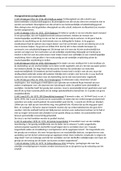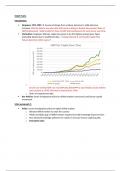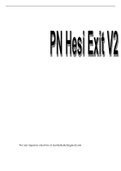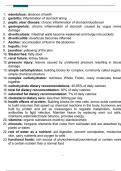Resumen
A* Summary - 'The Kite Runner'
- Grado
- Institución
- Book
A* SUMMARY FOR 'THE KITE RUNNER ' AQA ENGLISH LITERATURE B ELEMENTS OF SOCIAL AND POLITICAL PROTEST - This document includes everything you will need to learn about 'The Kite Runner' in order to get an A* in your English Literature A-Level. This document includes: an overview of the novel, cha...
[Mostrar más]







